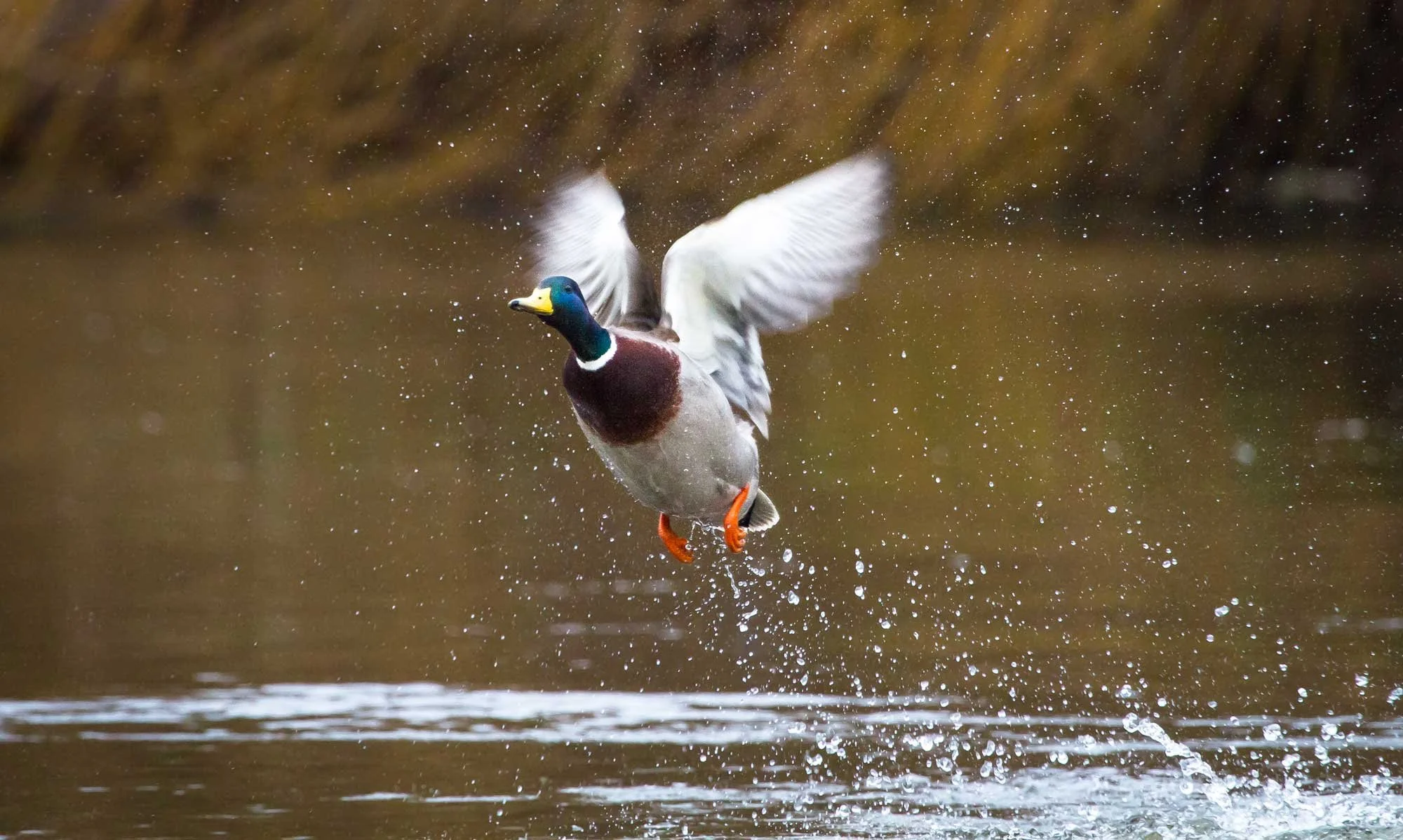Freezing for Fun, Part 1
As we pulled out of the driveway in Lubbock, Texas, the ice pellets started rattling off the windshield of the station wagon and the north wind bent the trees toward the ground. James Herriot describes the winter wind in Yorkshire, England as sometimes being “lazy”; it can’t be bothered going around you and instead goes straight through. This is an apt description of the north breeze on the Llano Estacado in December. It’s the type of wind that brings tears to your eyes, and not from a nostalgic feeling. This wind also marks the time when most of the playa lakes are frozen over. “Most” is the key word, because the few not covered with ice are the places where waterfowlers’ dreams are made.
Our trip out of Lubbock was taking us north towards the town of Hart. As we pulled onto the highway and into the teeth of the north wind, the car decided to fishtail and the driver - my major professor, mentor and friend, Robert Baker - had to fight the wheel to keep from going into the ditch. He looked back at the two of us in the rear seat and said, “We might have to forget this for today.” I held my breath as he kept driving, hoping he would decide to go on. Finally, the road seemed to clear a bit and the icy crunch under the tires changed to a watery hiss. He nodded his head as if to say, “Relax Mike we’re going on.” This trip was like many others with Robert and his cronies. He was the brains behind the operation. He did the scouting, the P.R. work with the farmers and ranchers, and made the tactical decisions of when and where to hunt. I was always extremely grateful when I was included in one of his expeditions. He was one of the best (if not the best) natural wingshots I had ever seen. For example, at one time he had an incredible unbroken string of doubles on mallard drakes.
This hunt did mark a departure from the usual program. We had a visiting professor, Wes Brown, from the University of Michigan who was joining us for this morning’s hunt. Unbeknownst to me, Wes was a widely-respected bird watcher. Indeed, when I related this story to a common, non-hunting, friend of Wes’ and mine, he was surprised to hear that Wes had participated. As we skimmed northward, the talk was of biology and hunting, but mostly about the latter. Besides Robert, Wes and myself, another graduate student, Rodney Honeycutt was also participating in the hunt. The last member of our party was one of Robert’s Golden Retrievers, Sonja. I always marveled at the love of hunting displayed by these dogs. The way they would sit at the water’s edge, feet immersed in the slushy substrate, and tremble with excitement and cold. I have been told the special circulation in dogs’ feet keeps them from suffering from exposure, as a human would, but I really believe they would gladly sit and freeze to death waiting for the next retrieve.
It was still dark when we reached the gravel road leading to our playa lake destination. It had been chosen because its topography helped the north wind keep a protected area free of ice. This open stretch was an ideal landing spot for waterfowl looking for a place to rest. The four of us positioned ourselves along the edge of the lake near the stretch of open water. As the eastern sky began to turn a brilliant pink, we heard the whisper of distant wings. By the time the whisper had become a rushing noise the ducks had appeared in wave formation. I don’t recall who fired the first shot, but once begun, the firing never ceased. The guidelines for the morning required that we shoot only mallard and pintail drakes. There were various ‘fines’ levied for the indiscretion of shooting any other class of duck. These ranged from $20 for a female mallard or pintail to $5 for males of other species. The fees were paid into a fund used to buy Christmas hams for the landowners. Being the least capable shot and duck identifier, it was predictable that I would end up paying $5 for dropping an American Widgeon drake.

